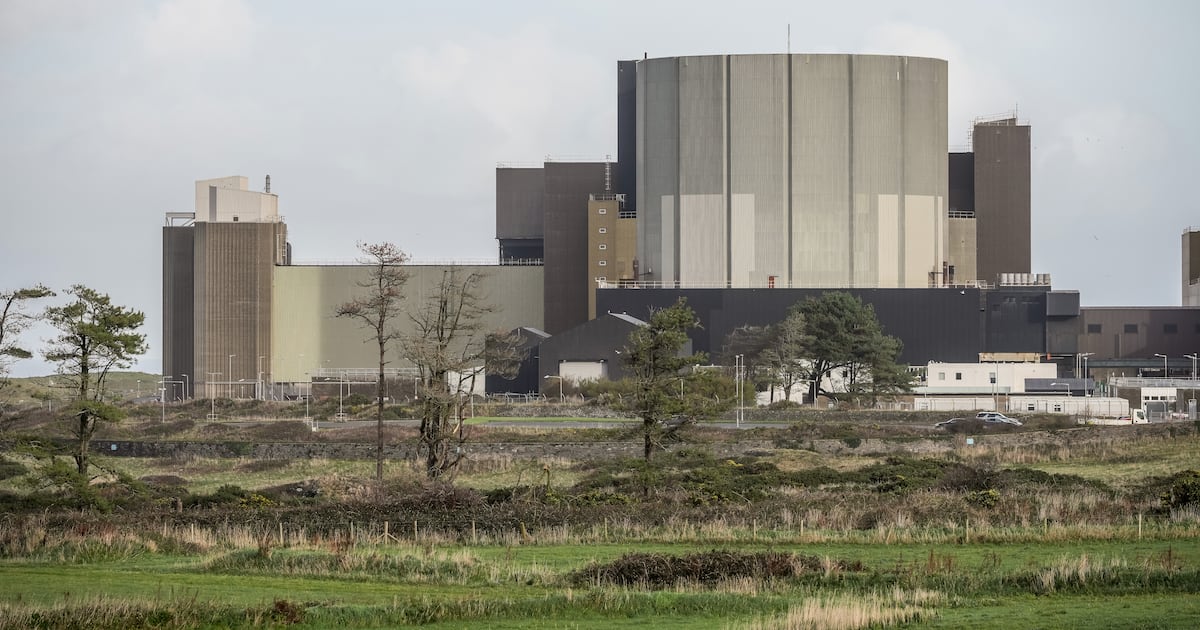The US ambassador to the UK has criticised the choice of Rolls-Royce to be in the vanguard of the country’s future nuclear power drive.
The UK’s first “small modular reactor” nuclear power station will be built at Wylfa, on Anglesey in North Wales, the government has announced.
It will be designed by Britain’s Rolls-Royce SMR and is expected to generate enough electricity to power three million homes.
Touted as a first of its kind, the project will be built by publicly owned Great British Energy-Nuclear (GBE-N) and is backed by £2.5 billion ($3.29 billion) investment from the government.
The government also announced GBE-N will be identifying potential sites for another large-scale nuclear power plant, similar to those being built at Hinkley Point in Somerset and Sizewell in Suffolk. It will report back by autumn 2026 and has been requested by Energy Secretary Ed Miliband to consider sites across the UK, including in Scotland, officials said.
It comes after the UK and US agreed a nuclear partnership in September, potentially worth around £76 billion.
But the plans at Wylfa prompted an angry response from the US, with ambassador Warren Stephens describing his country as “extremely disappointed” by the decision.
The ambassador had been pushing for a larger reactor and US firm Westinghouse had reportedly presented plans to the UK government to build a new gigawatt station at the site.
Mr Stephens said there were “cheaper, faster and already approved options to provide clean, safe energy at this same location”.
He added: “If you want to get shovels in the ground as soon as possible, and take a big step in addressing energy prices and availability, there is a different path and we look forward to decisions soon on large-scale nuclear projects.
“As I have repeatedly said, we want the UK to be the strongest possible ally to the United States and high energy costs are an impediment to that,” he said.
However, Mr Miliband dismissed the criticism, suggesting Mr Stephens’ unhappiness was not about the size of reactor or how long it would take to build, but because “he wanted an American company”.
Mr Miliband told the BBC: “We have chosen a British company, not an American company, sadly for the US ambassador.”
He said they picked Rolls-Royce for the “prime site for our flagship programme of small mod reactors”, which was going to build a fleet of up to eight reactors, thus bringing costs down.
Small modular reactors (SMRs) are mini nuclear power stations that are smaller and designed to be installed on site as prefabricated modules, with hopes the technology will be quicker to assemble than more traditional plants such as Hinkley Point C.
The Department for Energy Security and Net Zero said the project would bring up to 3,000 jobs at the height of construction.
And it would allow Wylfa, where previous attempts to bring back nuclear power to the site of a former reactor had failed, to become a “beacon” of a nuclear golden age, the department said.
UK Prime Minister Sir Keir Starmer said: “Britain was once a world leader in nuclear power, but years of neglect and inertia has meant places like Anglesey have been let down and left behind.
“Today, that changes.” Mr Miliband said nuclear power and other clean energy, such as renewables, offered the chance of “energy sovereignty and energy abundance”, which “every sensible nation needs in the 21st century”.
Writing in The Telegraph, he said: “Oil and gas from the North Sea will continue to play a role for decades to come, but now is the time to build up our clean power resources.”
The Energy Department said GBE-N will start activity on the site in 2026, with an initial project for three reactors, but the site could potentially hold up to eight mini power plants.
It is hoped the Wylfa reactors will start supplying power to the grid from the mid-2030s.
New schools in Dubai
